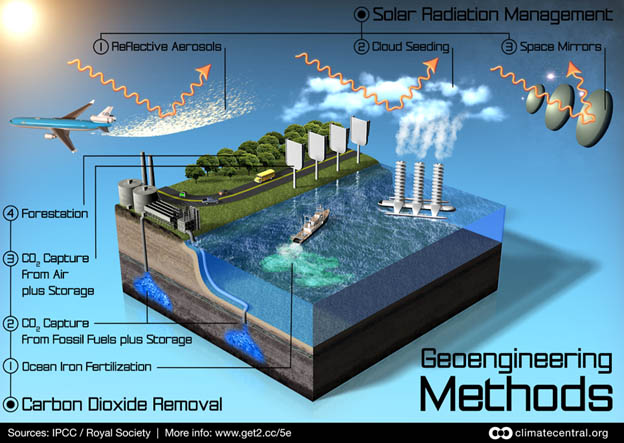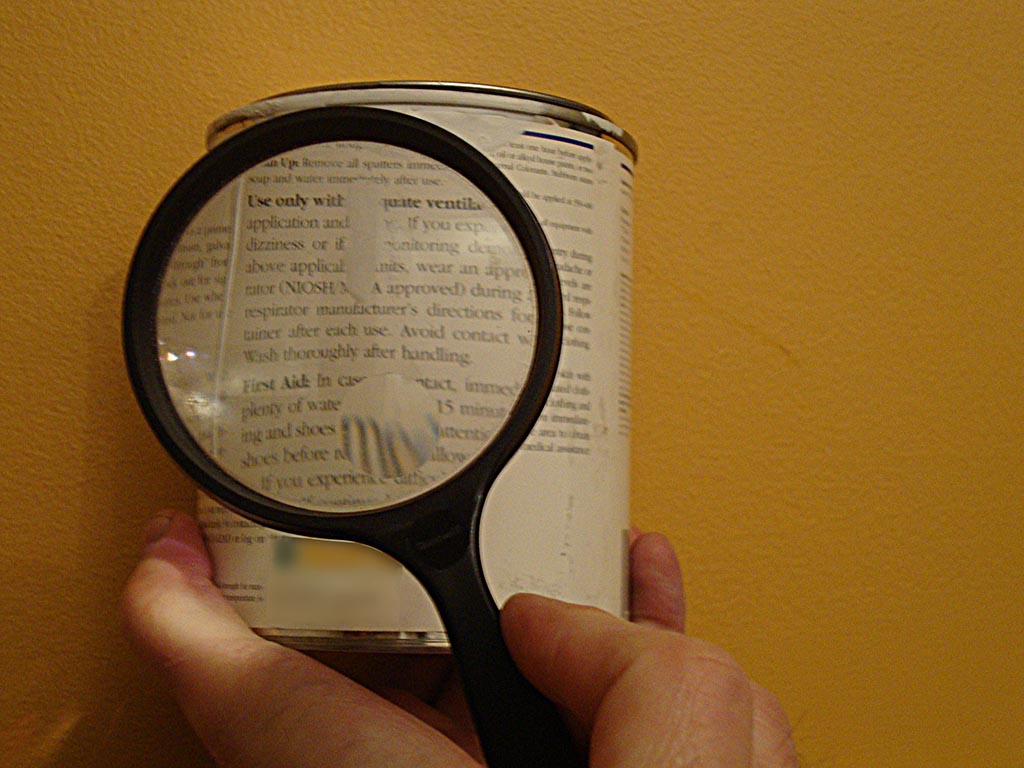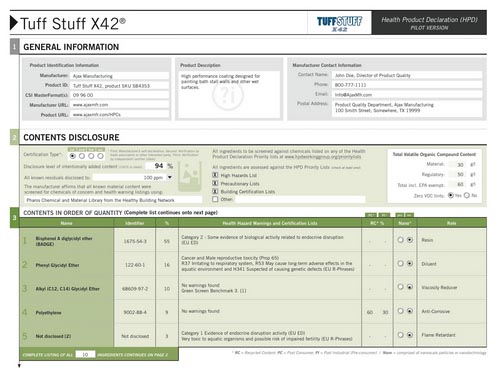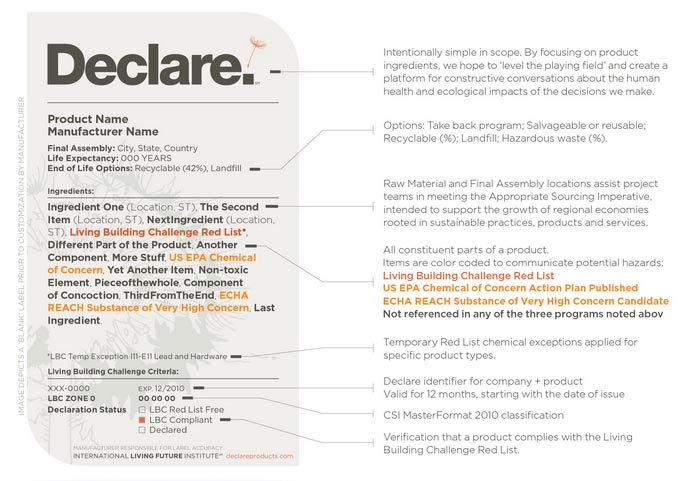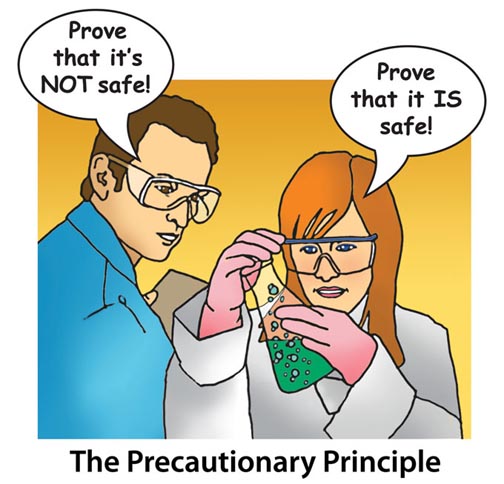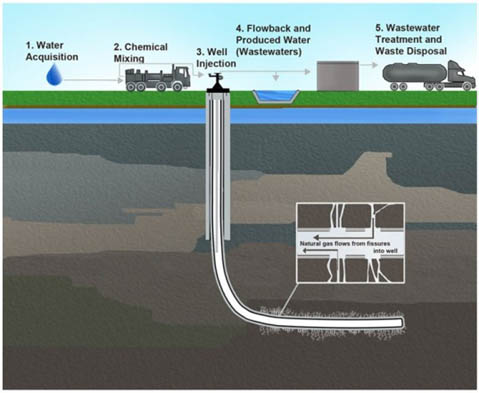
Image: Inhabitat
I’ve written about the Precautionary Principle before (here and here), but because it’s a rare occasion when it gets applied in this country, it’s worth noting when it does find its way into policy.
The Precautionary Principle basically says that things should be proven safe before they are allowed. That’s generally the rule in Europe, but here in the U.S., chemicals and products and such are given the benefit of the doubt in an innocent-until-proven-guilty approach. Since there isn’t money to test every chemical, and there’s no incentive for companies to do so themselves, the safety of the vast majority of them is unknown.
So in the case of fracking, where there’s significant concern and doubt about its safety, the onus has been on the government to prove its dangers.
Happily, New York State has just gone the other direction and banned fracking precisely because we don’t know its impacts on air and water. Governor Cuomo’s health commissioner, Dr. Howard A. Zucker, determined that fracking could pose dangers to public health. Zucker is quoted in the New York Times as saying “We cannot afford to make a mistake. The potential risks are too great. In fact, they are not even fully known.”
This bears repeating because it is a significant policy approach: The potential risks are too great. Zucker went on to say that there was insufficient scientific evidence to affirm the long-term safety of fracking.

Image: Huffington Post
That’s the Precautionary Principle at work; public safety first, business interests second. A war on business, I’m sure the political right will claim. Anti-jobs and all that. But what use is a job when you or your family are made sick? The New York Times article said Cuomo was apparently convinced when he asked Drucker if he would want to live in a community that allowed fracking and his answer was no.
And applications of the Precautionary Principle yesterday were not limited to Cuomo, but included President Obama, who banned future oil and gas drilling in Alaska’s Bristol Bay (though he didn’t ban mining there). At stake was a huge salmon fishery that supplies the country with 40% of our wild-caught seafood. Obama said energy development in the region could endanger an environmentally sensitive waterway and imperil vital fisheries. [Emphasis added]
Some may say it was a financial decision to save a $2.5 billion dollar industry but, according to the Pew Charitable Trusts, the energy reserves there vastly outweigh the fish, totaling $7.7 billion.
For a change, the oil industry lobbying interests didn’t prevail. Let’s hope the Precautionary Principle is applied to mining there as well. And, oh yeah, let’s also apply it to the Keystone XL pipeline.

